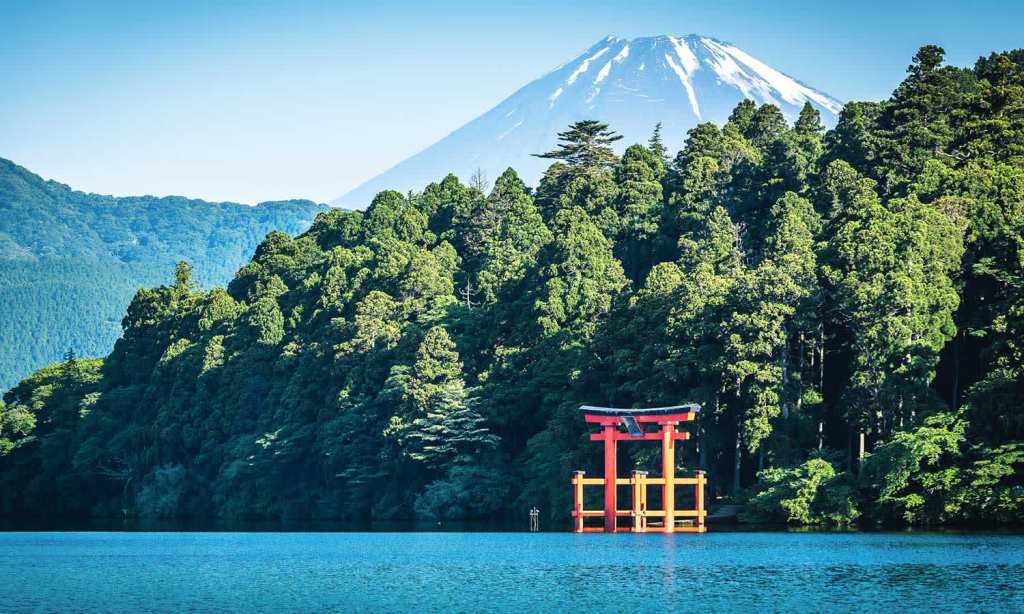Travel experts predict Japan to be one of the first countries to safely open up to Australians for international travel, and if that’s the case, you bet we’ll be on the first plane out. Only, we’re aware that everyone will likely have the same idea — which despite being awesome for the Japanese tourism industry, but could spell problems of over-tourism for the major cities like Tokyo, Kyoto and Osaka.
One solution to issues of over-tourism lies in second cities. Second cities are those beautiful destinations that provide a similar experience to that of a major capital, but may be situated in a lesser-explored pocket of the country. It’s not to say we shouldn’t visit those major cities and experience all these have to offer (check out the unmissable experiences and the best places to stay in Tokyo), but avoiding over-tourism for the sake of both the locals and the planet is just one reason to get a little off the beaten track.
Second cities and smaller towns are also able to provide travellers with a more authentic experience of the countries they visit. When you’ve hit all the most popular sites and landmarks in the capital, a smaller town can show you some of the most beautiful, untouched scenery, get you acquainted with local delicacies, and have you take part in one-of-a-kind cultural experiences with regional artisans and craftspeople.
In Japan, some of the best experiences you could ever have are the experiences you seek out in more traditional towns, and thankfully, despite being scattered all over the country, these destinations are easily ventured to via the country’s comprehensive and impossibly efficient rail network.
Below, we’re bringing you our favourite regional Japanese towns for a more authentic experience without the crowds. Pin these on Google Maps and get ready to hit the ground running as soon as planes start taking off again to the Land of the Rising Sun.
Naoshima
Not exactly a town, but an Island about as big as one, Naoshima is known as Japan’s art island for the fact it’s home to 18 different art galleries and museums, including the Chichu Art Museum, Lee Ufan Museum and Benesse House, which also doubles as the island’s most coveted accommodation. Best explored on bike, the island showcases stunning views and even more delicious local produce. It may take a few trains and a ferry to get there, but the scenery, art and one-of-a-kind experience is absolutely worth the journey.
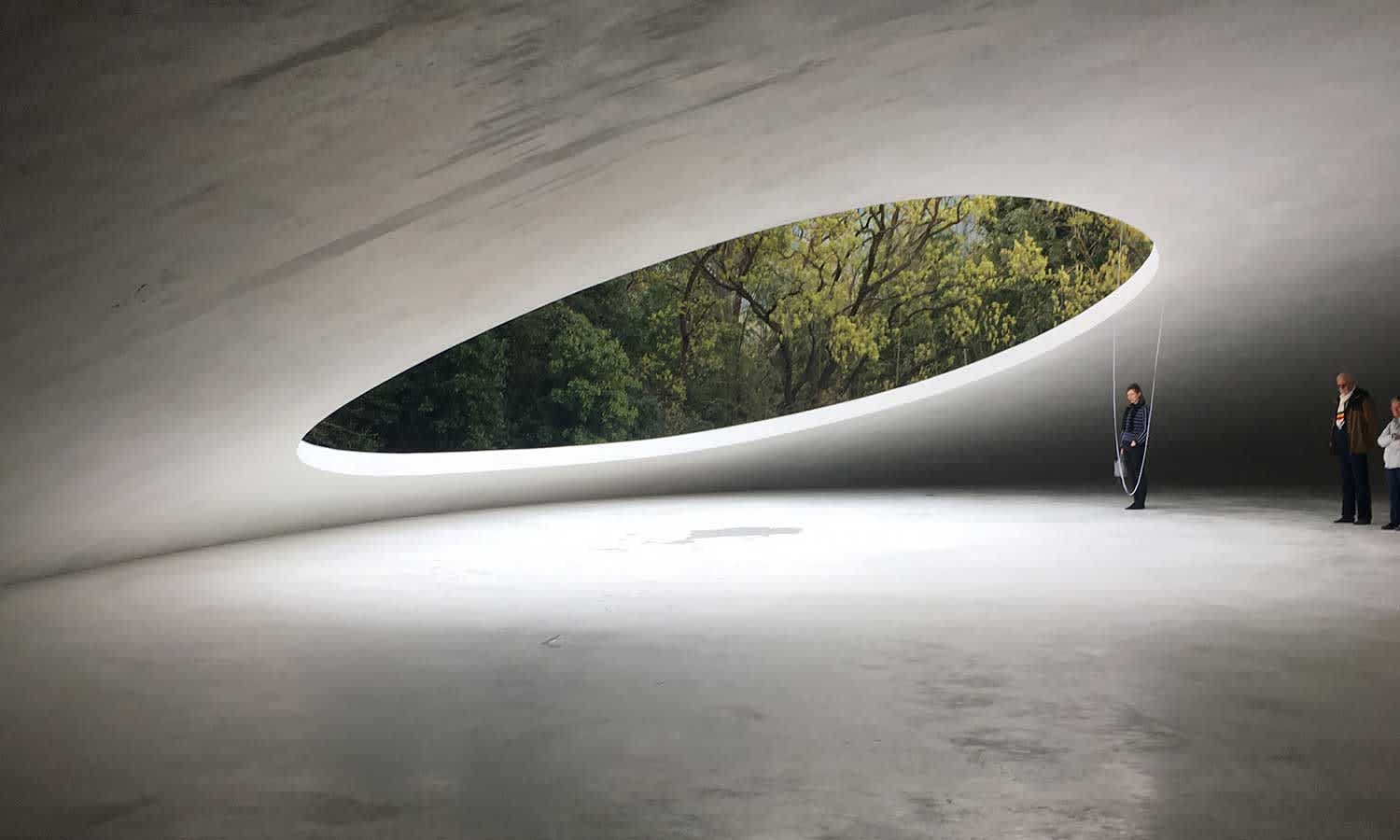
Takayama
For a peek into the past, you really cannot pass up a visit to Takayama. The town retains a traditional aesthetic and atmosphere, especially within the old town. Set aside a couple of days to explore the town and its surrounds, making sure to stop in at the riverside markets, and make your way along the Higashiyama walking course, which passes through more than a dozen temples and shrines, plus the ruins of Takayama’s former castle.
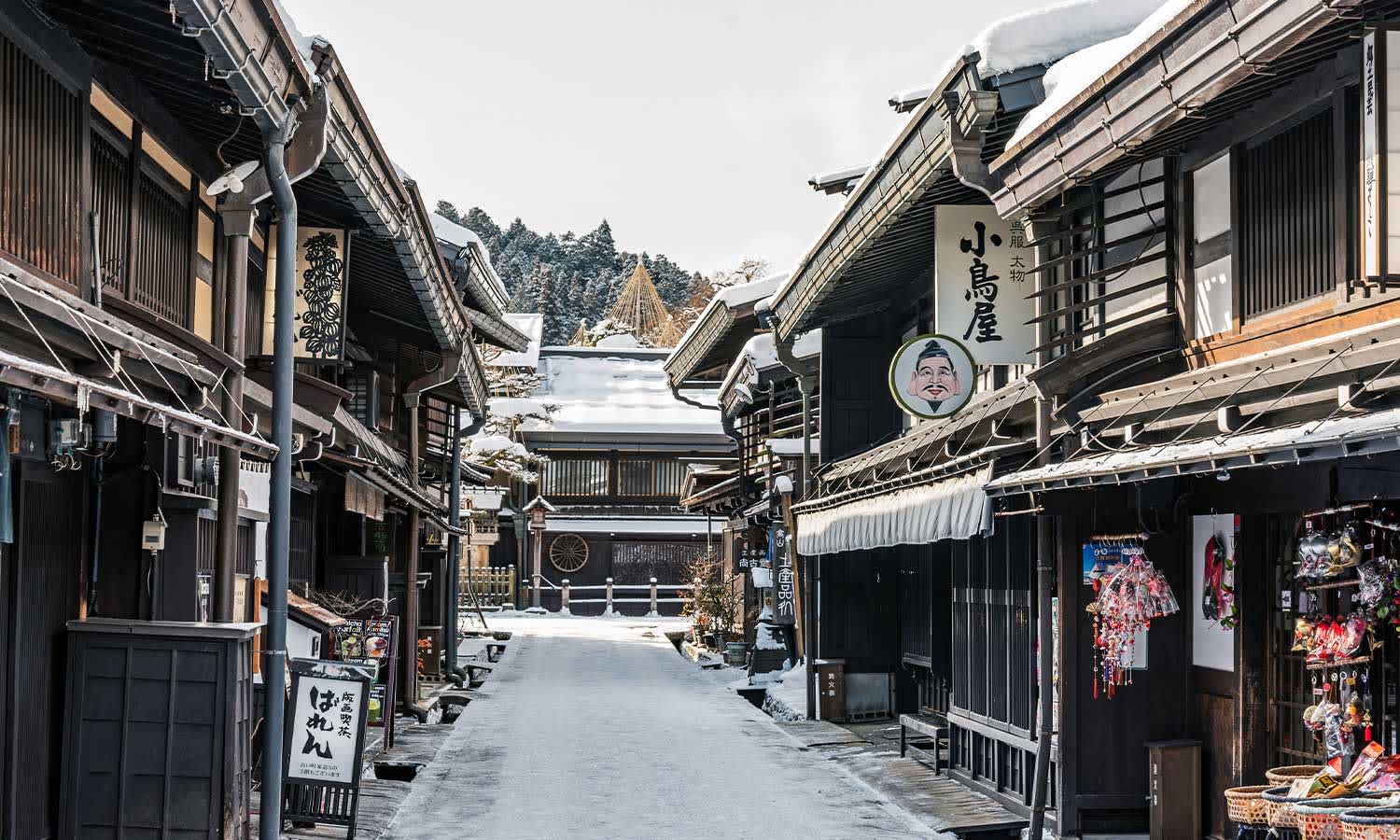
Nara
Formerly Japan’s capital in the year 710 (it’s that old), Nara remains home to some of Japan’s most historic and largest temples, not to mention hundreds of friendly and interactive deer. The Todaiji Temple is an unmissable stop in the city for the fact it features a 15-metre-tall statue of Buddha. Visitors are even presented the option of squeezing through a hole in one of the building’s pillars, which is symbolically the same size as the giant Buddha’s nostril. If you manage to make it through, you receive ‘enlightenment’ for your next life.
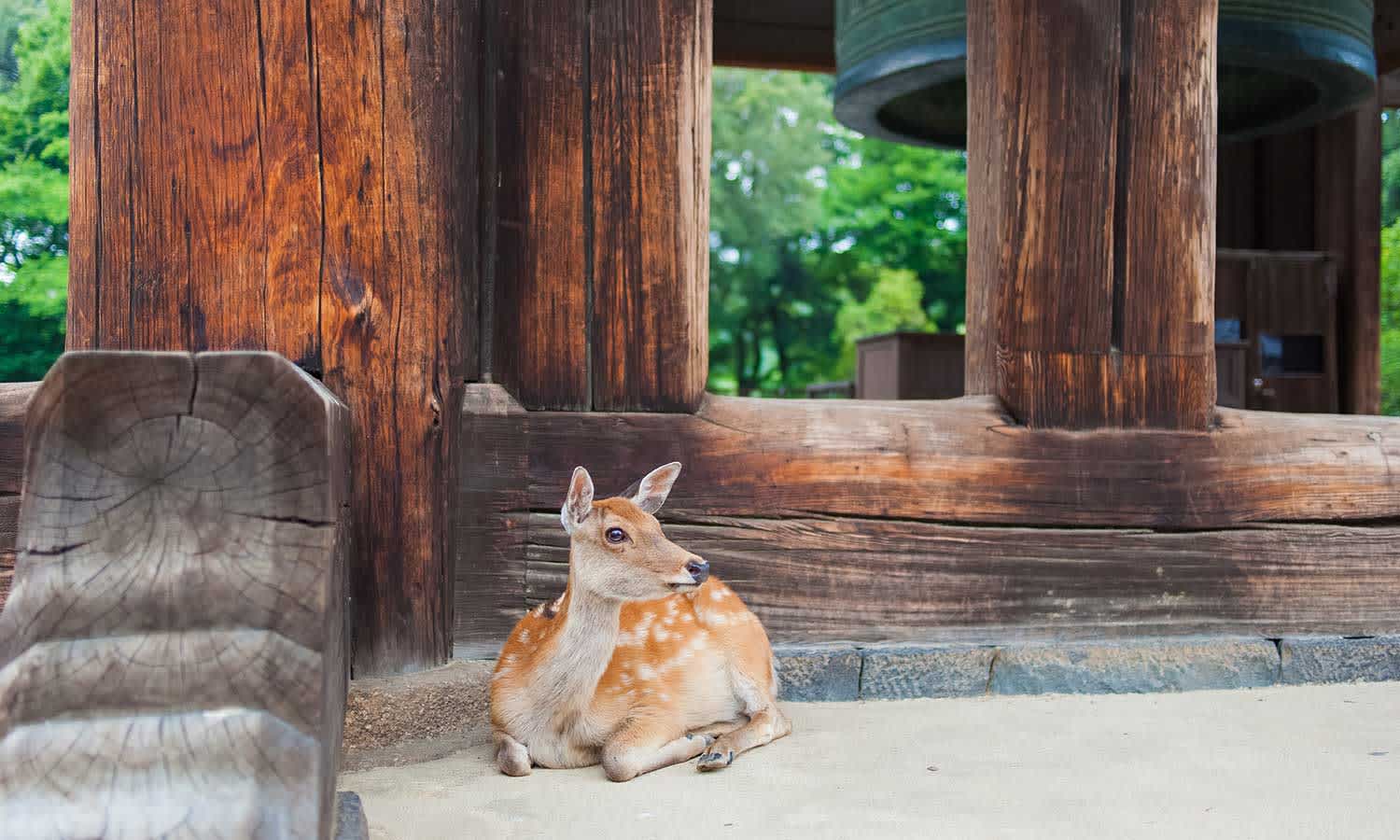
Hakone
Just 1.5 hours out of Tokyo, Hakone is famous for its hot springs and uninterrupted views of Mount Fuji, which is often obstructed by clouds from Tokyo vantage points. An easy day trip, the picturesque town is actually best enjoyed over a weekend. If you’re asking our recommendation, we’d say book somewhere lush with its very own onsen (hot spring baths), then enjoy the town’s galleries and the Odawara Castle, that is, if you manage to ever get out of the baths.
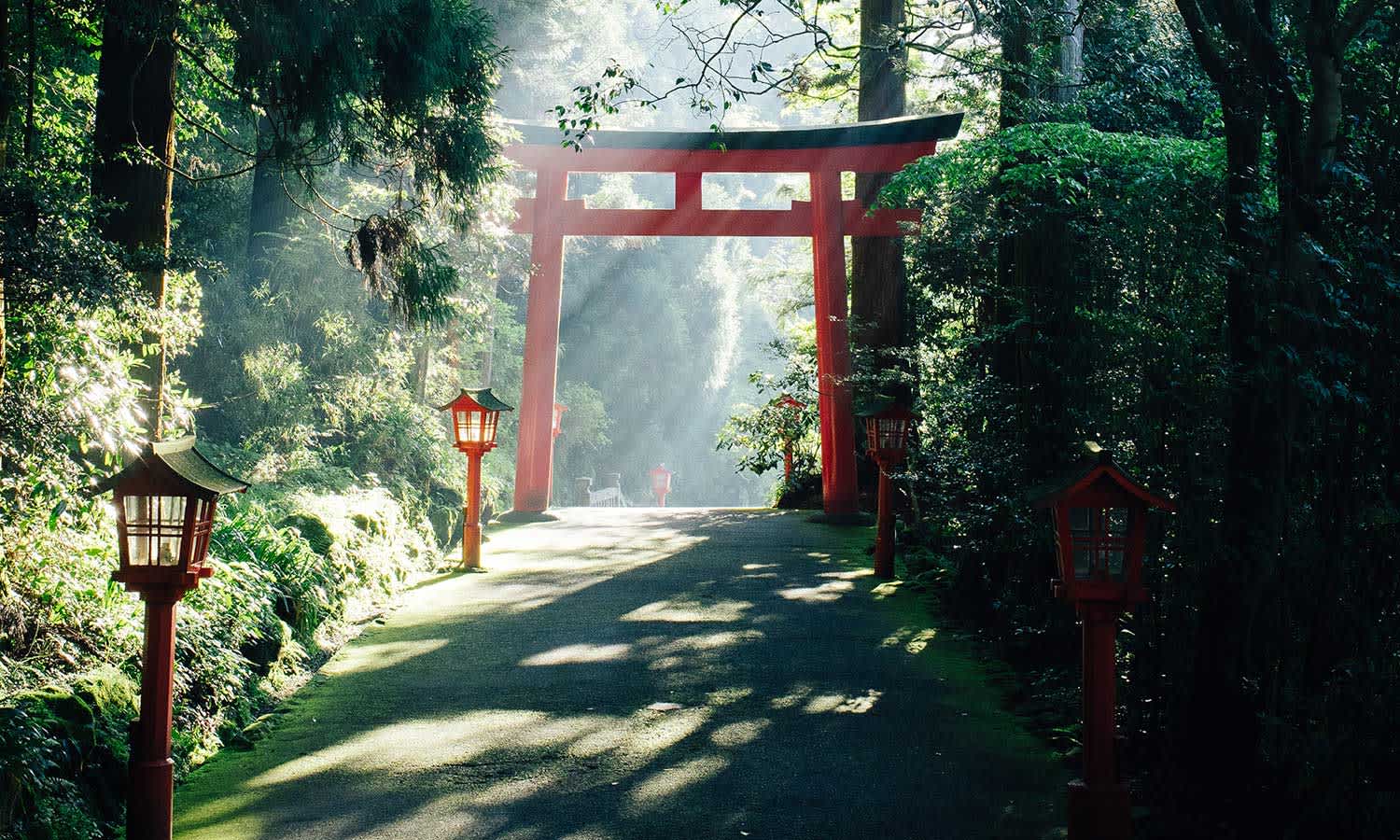
Read more stories from The Latch and subscribe to our email newsletter.


